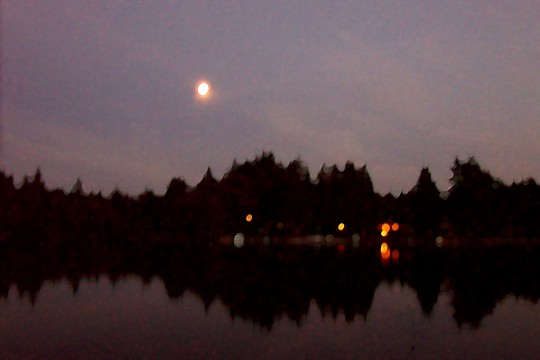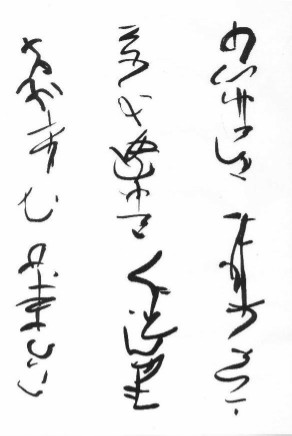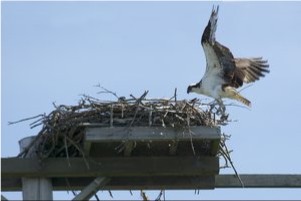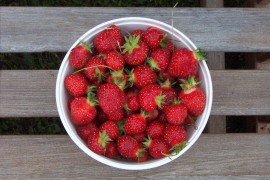Life at the Lake
a diary of living at a small lowland lakeWHAT IT'S LIKE

Early moonrise over Lake Ketchum
|
Archive Search |
| Links |
|
and s-integrator |
ZEN, ANYONE?

"Life at the Lake" Sumi calligraphy,inspired by Zen Master Jakushitsu
321
"Jack," as I like to call him (never mind pronouncing the last syllables of his name), was an important Zen monk from Fourteenth Century Japan. He is closely associated with the school of rinka Zen Buddhism. Rinka roughly translates, "forest," but means away from the city and the clatter. So it is a nature-seeking form of Zen and embraces the solitary life, far from the crowd. As such I greatly respect it.
The calligraphy represents his poem "Wind stirring waterfall" which continues on to read:
"sending cold sound
Moonrise over the foothills
shines its light on my bamboo window
Dearer with age
these mountain ways
If I die at the foot of this cliff
even my bones will be pure"
I suspect something is lost in translation, but the gist remains pure and constant. It is quite beautiful, once one gets away from expecting meaning and concentrates on the images and the thoughts behind them.
- - Comments ()
...
OSPREY, ANYONE?

Have I located the nest? (Probably not.)
320
An osprey is in daily attendance at the lake.
What a wonderful bird it is, too. He fishes . . . and eats what he catches, unlike myself. He soars, wheels, hovers, tucks his wings, and dives like a rock, only to pull up slightly and hit the water with a huge splash.
It is a fish he is after. But many, many times he fails to nail his fish, in which case he takes to the air, soars, wheels, etc., and repeats the fabulous act. Only to fail again.
But this morning he nailed a small fish. (He will only eat live fish he has caught. Unlike the bald eagle, which is primarily a carrion eater.) With it clutched in his talons he began to circle a portion of the lake across from us. His flight took him deeper above the tall conifers away slightly from the lake until, finally, he settled into a fir, but only a short distance from the top. Was that his nest? Did he have "ospreyettes" to feed?
If so, I have marked it with a telltale visual indicator—a trident fork at the top. Now I can search with my binoculars for that particular tree and see if I see any signs (and I think I did) of a roost or nest.
And when the osprey makes his routine sorties in search of food, I will keep my eye out for where he goes when he stops fishing and is ready to eat, or feed his young.
- - Comments ()
...
A TIME OF LANGUID ABUNDANCE

One quick picking
319
A time of great fecundity, July is.
The ever-bearing strawberries completed their first cycle, and took a break; they are now bearing again. Meanwhile, the raspberries have come on thickly. The blueberries in my wife's fine garden are slowly turning from green to blue, and the blackbirds eye them hungrily. Norma has put up Mylar streamers to discourage them and the streamers seem to be working, though the cattails where the birds live are only a few yards away. And yesterday I discovered some little wild blackberries growing by the fence along the street. True, there were only three, but they have a distinct flavor and I had them with vanilla ice cream last night for dessert.
So few, I had to pile on some raspberries after they were gone to keep the ice cream from being nearly tasteless.
Not much to report, admittedly, but it is a season of languid abundance. And the trout have stopped hitting, perhaps because the perch beat them to the bait.
- - Comments ()
...